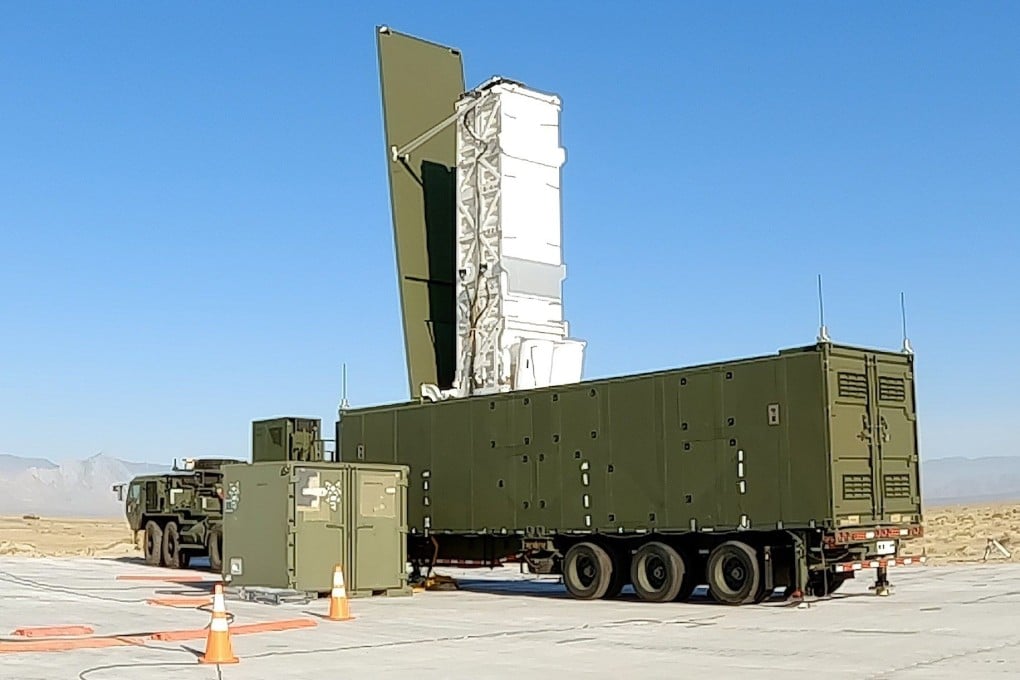A warning to China? US plans to deploy medium-range missile launchers in the Asia-Pacific
- Chinese foreign ministry says China does not compete with other nations in military power and ‘firmly pursues a defensive national defence policy’
- South Korean expert deems putting another party within range of a weapons system ‘both a military threat and a warning to the adversary’

“That system will be deploying into the region soon. Where and when it’s going to go, I’m not going to talk about that now,” Yonhap News quoted Flynn as saying at Camp Humphreys, a US Forces Korea base in Pyeongtaek near Seoul.
In response, the Chinese foreign ministry said Beijing had always been “firmly opposed” to US deployment of medium-range missiles in the Asia-Pacific and strengthening forward deployment at “China’s doorstep to seek unilateral military superiority”.
“China adheres to the path of peaceful development and firmly pursues a defensive national defence policy. We have no interest in competing with any country in military power,” ministry spokeswoman Mao Ning said on Monday.
“We urge the United States to earnestly respect the security concerns of other countries and stop undermining regional peace and stability.”
